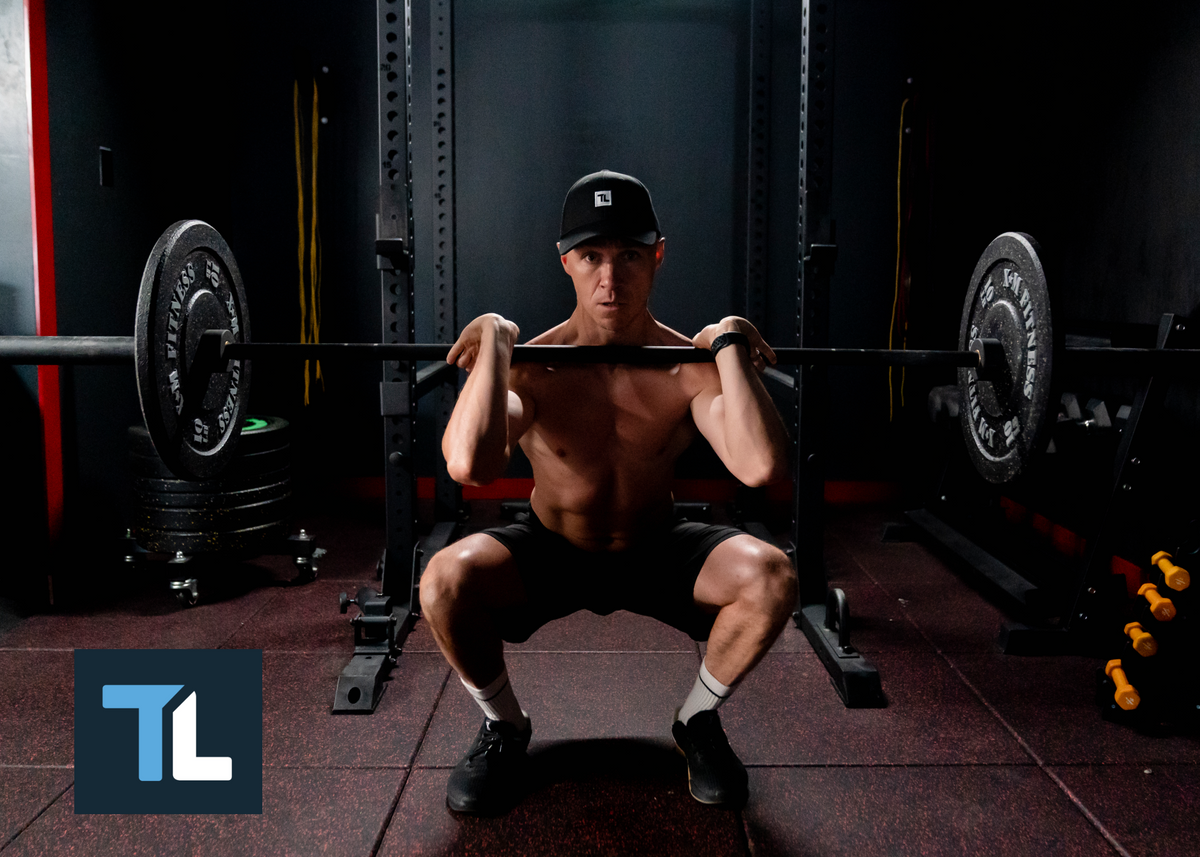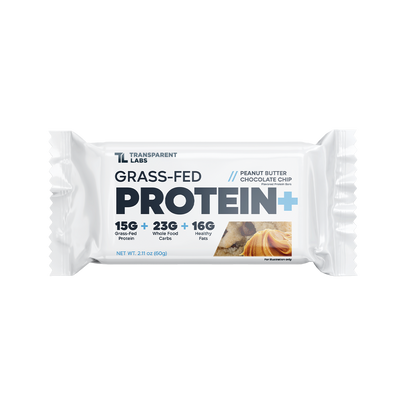Back Squat vs. Front Squat: Which is Better for Strength and Size?

Back Squat vs. Front Squat: Which Is Better?
The squat is a fundamental movement pattern that can be both simple and highly beneficial – so long as it’s done right! Before you start lifting heavy, it’s important to take the time to learn the proper squat technique to help you get that much closer to your fitness goals without risking injury.
While there are a ton of great squat variations we can bookmark in our workout repertoire to train, strengthen, and tone specific muscle groups, the front and back squats are two of the very best for a reason.
Considering their many similarities, we are looking to explore the characteristics that set them apart. In terms of their purpose, achieving proper squat form, movement mechanics, and muscle activation, you’ll discover which exercise allows you to maximize your training results and help you look and feel your best both inside and out of the gym.
What Is the Purpose of a Back Squat
While many people assume this type of squat technique is used to build leg muscle, there is so much more to it than this.
The back squat forces the body into a loaded position by engaging the posterior chain muscle groups while mobilizing all three lower body joints (hips, knees, and ankles). To perform a successful back squat, there must be adequate activation of the lower back, glutes, hamstrings, and calves with some engagement from the quads and core for support and balance.
Based on the functionality and an impressive number of muscles and joints involved, back squats are one of the most fundamental movements necessary to improve sport and athletic performance and help support physical activity throughout your lifetime [1].
Whether you’re looking to build muscle, burn fat, or improve balance, back squats are the greatest “bang for your buck” kind of exercise.
How to Perform a Proper Back Squat

For the purpose of form and technique, let’s take a closer look at the barbell back squat in terms of both body position, muscle activation, and movement mechanics.
The Starting Position
Starting with an unloaded squat bar, line yourself up underneath by resting the bar over your traps and rear deltoid muscles making sure your hands are evenly distanced apart on either side.
Standing with your feet shoulder-width apart, tilt forward slightly by flexing your hips upwards into an “anterior pelvic tilt” position. Maintain a soft hand grip over the bar as you push your shoulder blades together and open up your upper chest. Let your elbows drop below the bar naturally as you prepare to support the bar during the squatting movement.
The Movement
Once you’re comfortably in position, the squat movement begins with a descending phase. Similar to lowering your body down onto a chair, flex your hips, knees, and ankles in tandem to begin your descent. Take a deep breath and send your hips back while bending the knees to drop down into position all while maintaining an anterior pelvic tilt. Keep a neutral spine and avoid rolling forward by opening up the chest, keeping your torso upright throughout the movement [2].
Continue descending until your hips and knees have reached a 45-degree angle. This squat depth can be achieved by lowering your thighs below parallel.
Next, we are ready to start our extension back up to the starting position by initiating the ascending phase. Keeping the core tight, contract the glutes and quads while maintaining an upright torso position to push yourself and the bar up.
What are Front Squats Good For?
Similar to the beneficial aspects of back squats, the front squat is proven to be an impressive exercise for increasing strength and muscle mass in the lower body, improving core strength, and assisting with injury prevention. Front squats are also shown to assist in the development of strength, body positioning, and power during a power clean, Olympic lift, and other related techniques [3].
How to Perform a Proper Front Squat

The barbell front squat variation has a few key differences in terms of position, movement pattern, and muscle activation. Here's a brief breakdown of how to front squat using a squat rack.
The Starting Position
While the initial position is very similar for both squatting techniques (i.e. body in an upright position, feet shoulder-width apart, anterior pelvic tilt, chest up, etc.), the main difference between the back and front squat in terms of setup is the rack position.
During a front squat, you’ll stand with the barbell at the front of your shoulders and slide your hands under the bar with your palms facing up in a high elbow position. This will allow you to balance the bar firmly against your upper chest.
The Movement
Resting the weight of the bar against the front of your body, prepare to descend into the front squat by breathing deep into your low belly and bracing your core. Squat down towards the floor while maintaining a vertical torso position.
Since the front rack position will push your body forward, keep your elbows up and forward and descend down into a seated position, allowing your hips to drop slightly below your knees. Pushing hard through the middle of your feet, activate your glutes and quads to begin ascending back to a standing position.
Back Squat vs. Front Squat: Which is Better?
While each of these lower body exercises has its differences, the measure of which is better has more to do with personal preferences, fitness goals, and history of injury than anything else.
Using the proper form, both the back and front squat forces excellent depth in movement, offering a full and functional range of motion, impressive muscle activation (including upper body stabilization), and overall strength gains with consistent training.
Why Choose Back Squats
Thanks to the increased ability to activate more major muscle groups in a comfortably distributed manner, back squats allow for added weight to help promote increased strength and power.
Keep in mind that while muscle recruitment is seen to be relatively similar even with a difference in the rack position, the combination of high muscle activation and angle of compressive force suggests potential issues for the knees [4].
Here are some helpful tips to avoid pain or injury:
-
Bandaging the knees while squatting
-
Applying a cold compress after exercise
-
Taking adequate rest breaks (both between sets and training sessions)
-
Finding back squat variations (i.e. lunges, goblet squats, Bulgarian squats, etc.)
Why Choose Front Squats
On the other hand, the benefits of the front squat surround targeted strength gains (particularly your quads) to help prioritize aesthetics. This exercise also requires an higher level of balance in the form of both core stability as well as activation of supporting muscles.
As mentioned above, those with a history of knee injuries may benefit more from training front squats since the compressive force over the knee joint is considerably less.
If front rack mobility is an issue whether that be due to wrist pain or immobility, it’s helpful to consider different front squat variations. Some of the best front squat alternatives include cross-arm front squat, front rack barbell split squat, double kettlebell front squat, or the landmine front squat.









